The Fascinating Reason Dogs Need NO Darkness to Sleep
Have you ever noticed your dog dozing off in the middle of a bright, sunlit room and wondered if they really need darkness to sleep? You’re not alone. Many dog owners are curious about how light or dark environments impact their canine companions’ sleep patterns.
Let’s take a closer look at this topic and see if darkness truly matters for dogs when it comes to catching some z’s.
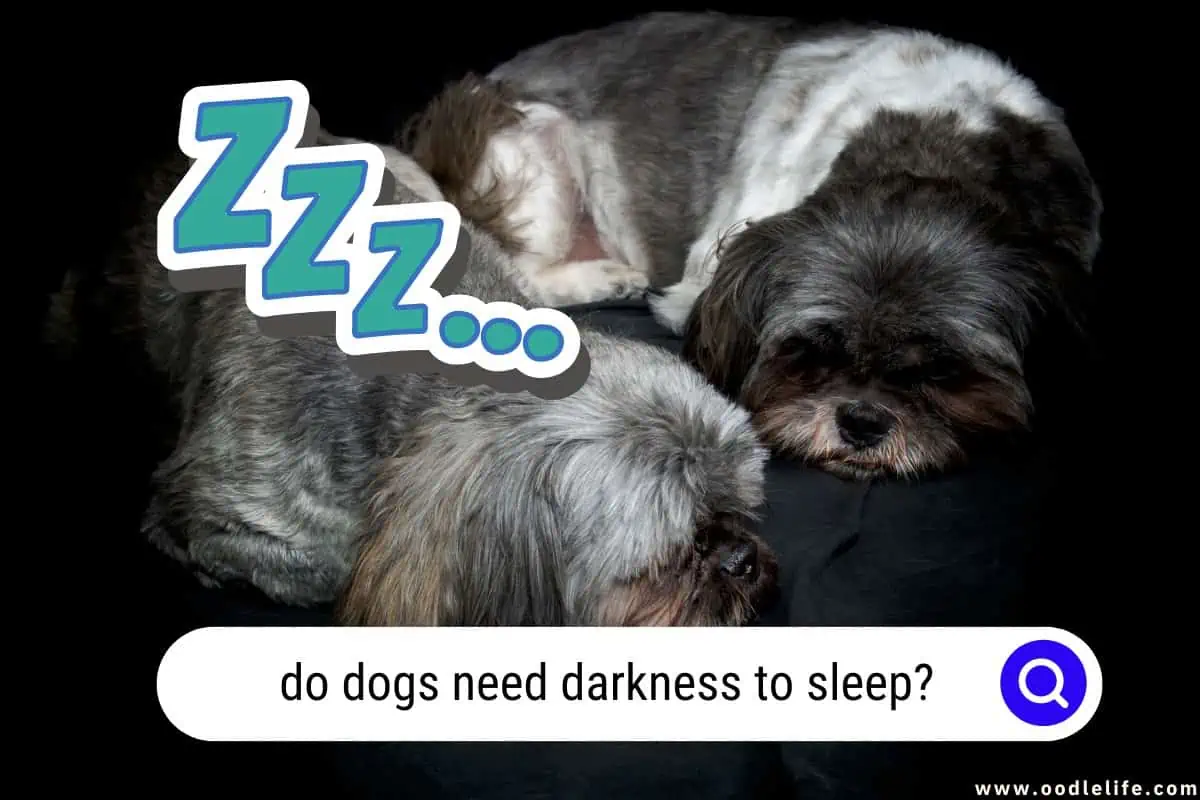
It’s no secret that dogs, much like their human counterparts, need sleep to function properly. However, dogs don’t necessarily have the same bedtime routines or sleep preferences as we do. While some people might need complete darkness to drift off into dreamland, our furry friends may not have the same requirements.
In fact, dogs have the impressive ability to adapt to various sleeping conditions, whether it’s in bright daylight or the pitch-black night.
A prime example of a dog’s adaptability is seen in their unique eyelid configuration. Dogs have a third eyelid called the nictitating membrane, which is like a built-in sleep mask that helps shield them from light. This special eyelid also helps protect their eyes and maintain eye health while they sleep.
So, the next time you catch your pup snoozing in a spot that seems way too bright, just remember their built-in sleep mask and know that they’re perfectly capable of getting a good rest!
Why Some Dogs Need Darkness for Sleep?
Anatomy of Dogs’ Eyes
Dogs have a unique structure in their eyes called the tapetum lucidum that allows them to have better night vision than humans. The tapetum is a layer of reflective cells behind the retinas, which amplifies the light that enters their eyes. This helps them see better in low-light conditions.
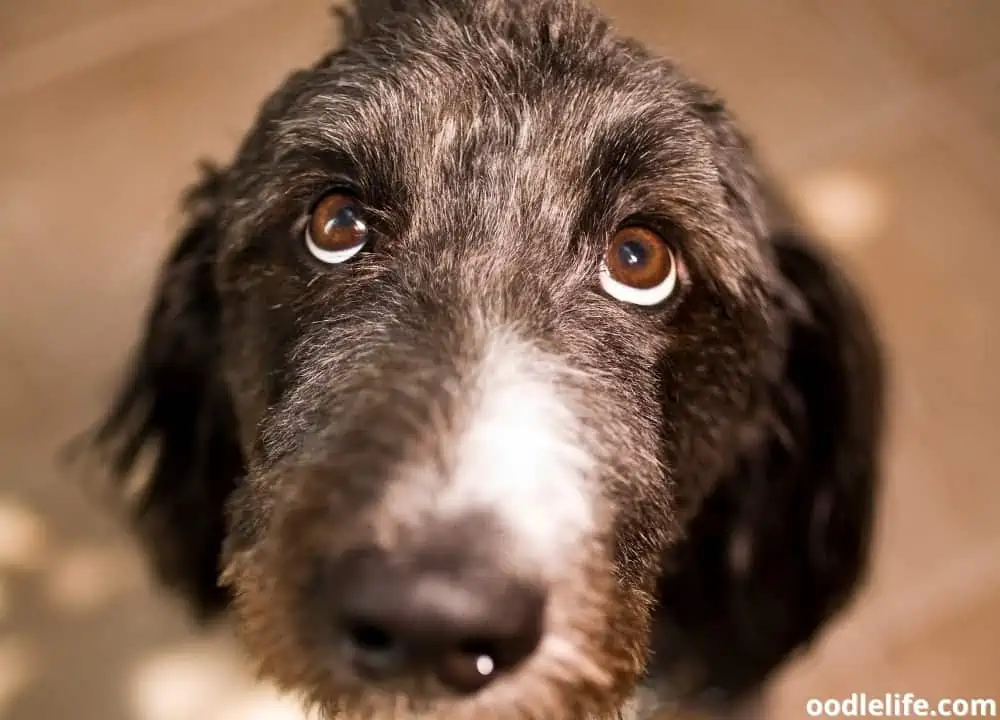
However, this also means that their eyes are more sensitive to light. As such, dogs sleep better in the dark since it’s easier on their eyes. Just imagine if you were wearing night-vision goggles in a bright room; you’d be uncomfortable too!
Difference between Nocturnal and Diurnal Animals
Animals can be classified as nocturnal (active at night) or diurnal (active during the day) based on their daily activity patterns. While dogs are not technically nocturnal animals, they have evolved from wolves, which are known to hunt at dusk and dawn. This means that their eyes are adapted to perform better in low-light conditions.
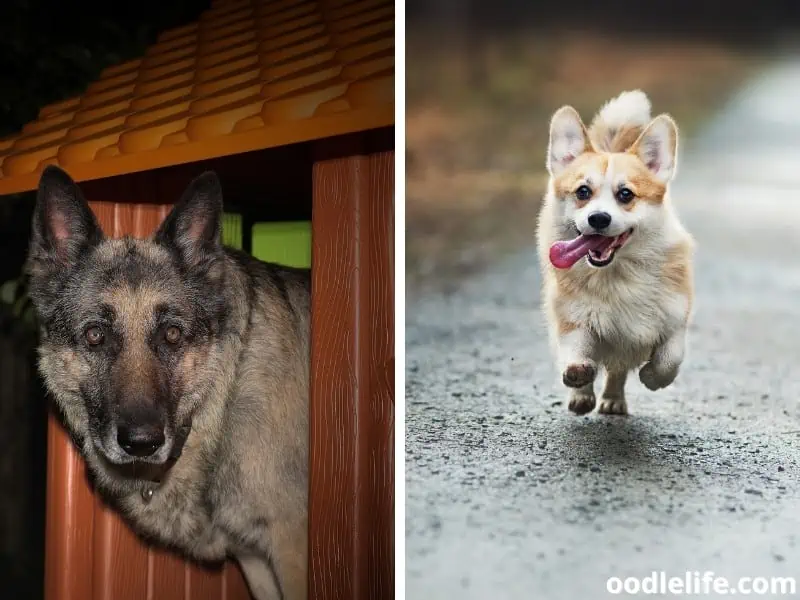
On the other hand, diurnal animals, like humans, have eyes optimized for daylight vision. For example, our retinas have more cone cells that are responsible for distinguishing colors, while dogs’ retinas have more rod cells that are better at detecting light. This is why dogs can sleep better in the dark; their rod-dominant retinas are more relaxed in low-light environments.
So next time your furry friend snuggles into a dark corner for a nap, remember that it’s their night-vision superpowers that make them prefer the dark. In fact, a simple sleep mask or cozy dog bed might just be the best way to give them the dark environment they need to rest and recharge.
Factors Affecting Dogs’ Sleep Quality
Environmental Factors
Dogs, much like humans, are sensitive to their surroundings. While it’s true that some breeds are more adaptable than others, their sleep quality can be affected by factors such as noise, temperature, and the general comfort of their sleeping area. For example, a dog exposed to constant loud noises may have a hard time falling asleep, whereas a well-insulated and quiet environment could promote restful slumbers.
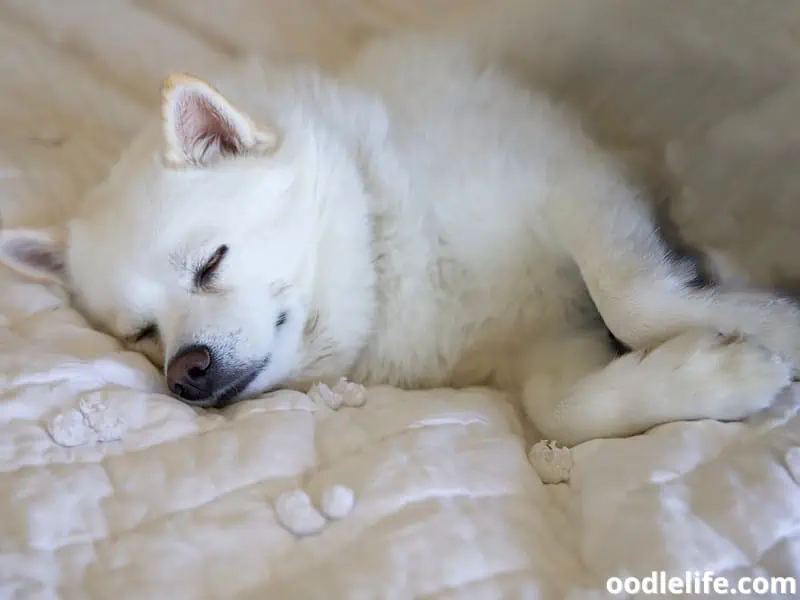
Temperature also plays a role, with dogs preferring a cozy, not too hot, nor too cold environment.
Lighting
For many pet owners, the question of whether or not dogs need darkness to sleep arises. While dogs possess the incredible ability of sleeping in various lighting conditions, they undoubtedly sleep better in darker environments. A darker space mimics their natural habitat and promotes the release of melatonin, a hormone responsible for regulating sleep patterns.
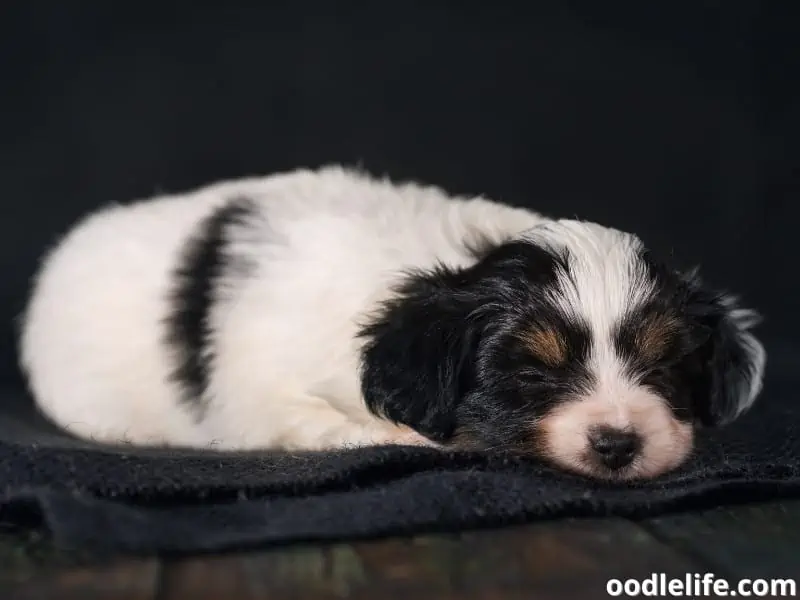
However, keep in mind that dogs have a unique ability to see in low light conditions, thanks to the tapetum lucidum, a mirror-like membrance in their eyes. This means that a room doesn’t need to be pitch black for a dog to sleep comfortably – a dimly lit room is just fine.
Bedtime Routine
Lastly, establishing a consistent bedtime routine is crucial for improving your dog’s sleep quality. A regular routine signals to your furry friend when it’s time to sleep and helps their body develop a natural sleep cycle.
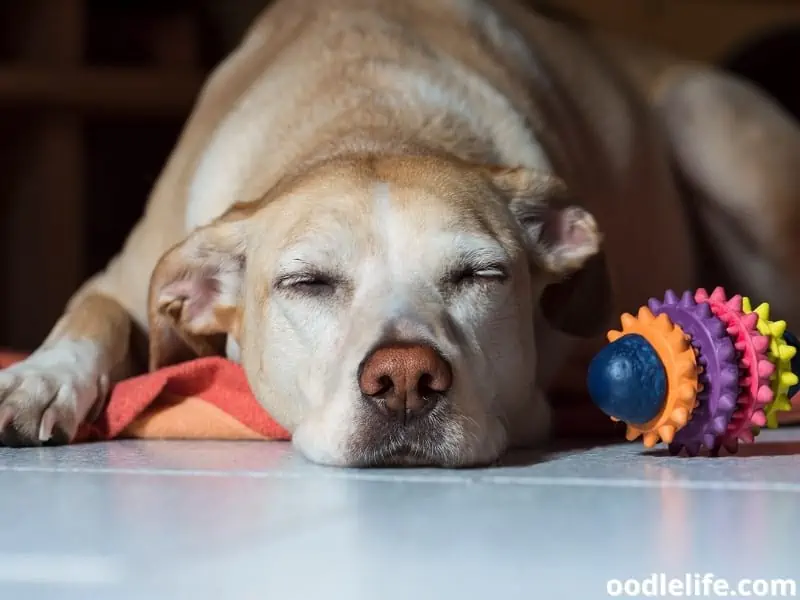
Some examples of bedtime rituals include:
- A gentle, relaxing walk before bed
- A bedtime treat or chew toy to help them wind down
- A consistent bedtime, even on weekends and holidays
- A bedtime cue, such as turning off the TV or dimming the lights
Through a combination of controlling environmental factors, adjusting lighting, and establishing a solid bedtime routine, you can significantly improve your dog’s sleep quality. After all, a well-rested pup is a happy and healthy one! Remember, a good laugh and a long sleep are the two best cures for anything – even in the dog world!